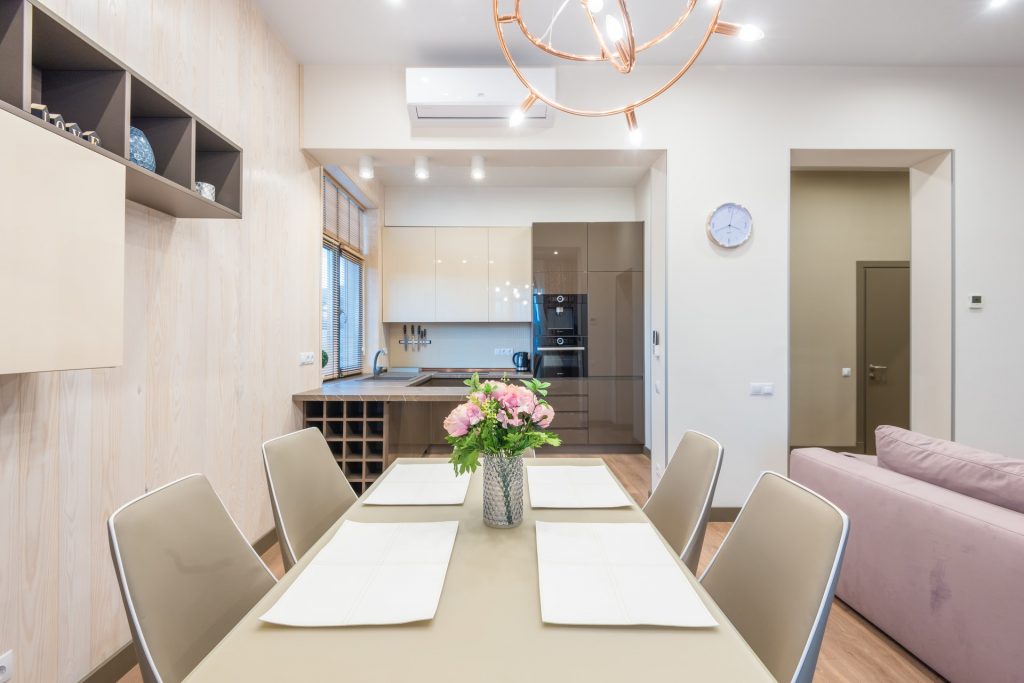
These have been euphoric times for real estate owners in many parts of the country. Home values have spent the last two or three years tap dancing higher and higher. That’s been delightful for those that owned a home or investment property.
In the last few months those mountain high home prices have been dream busters for those hoping to buy their first home. They’ve been priced right out of the market. Even with low interest rates on mortgages and greatly relaxed lending requirements, there are many thousands of people who just can’t afford to buy a home.
All those folks who can’t buy a home are producing smiles on the faces of landlords. For many months vacancy rates were forcing sobs from rental property owners. The pool of potential tenants had been greatly reduced, because everyone was buying a home. Home prices were still relatively affordable and there were big buckets full of mortgage money available at historically low rates. People didn’t need to rent when they could buy.
The climb in home values has changed all that. Now more people are seeking good homes to rent, so the supply of available rentals becomes slim. Demand for rental homes has also been stimulated by a reduction in the number of available apartments. Owners and developers are finding that it is more profitable to convert apartments into condos then it is to rent them. The result is few apartments for rent.
But it’s not all good news for landlords.
Some eager investors bought investment homes near the top of the real estate price cycle. They paid high prices for the homes they are now offering for rent. Many are learning that the cost of mortgage payments, taxes, insurance and other normal costs are leaving them with negative cash flow. That means it is costing them more each month to own the property than they can collect in rent.
The investor’s negative cash flow can amount to as much as $500 or more. Each month the owner must take those hundreds of dollars out of his/her pocket to make up the short fall between rents collected and money paid out in loan payments and so forth. That’s called an alligator property, because it can eat you alive.
Negative cash flow can be avoided by making a larger down payment on the property. You then have a smaller mortgage loan with smaller monthly payments. If you have planned correctly your rental income should then cover all your costs and expenses of owning. The down side is that you have a large amount of cash locked into one property.
Leverage is one of the keys to making big money in real estate. A small down payment let’s you control a $300,000 property, for example. If you put $15,000 (5%) down on that $300,000 home and the property appreciates in value at the rate of about 10% annually look what happens. At the end of three years the property is worth about $400,000. You’ve made a gain of near $100,000 on your $15,000 investment, in just 36 months.
Some investors count on that appreciation, plus the tax benefits of own investment property to make up for the negative cash flow of their investment. That’s a great idea as long as home values in the area really do continue to climb. It may come as a shock to some that every once in a while property values go down instead of up. That spells trouble and an increase in the rate of foreclosures.
The wise investor always buys at a price that will allow him to prosper no matter what happens to real estate values.